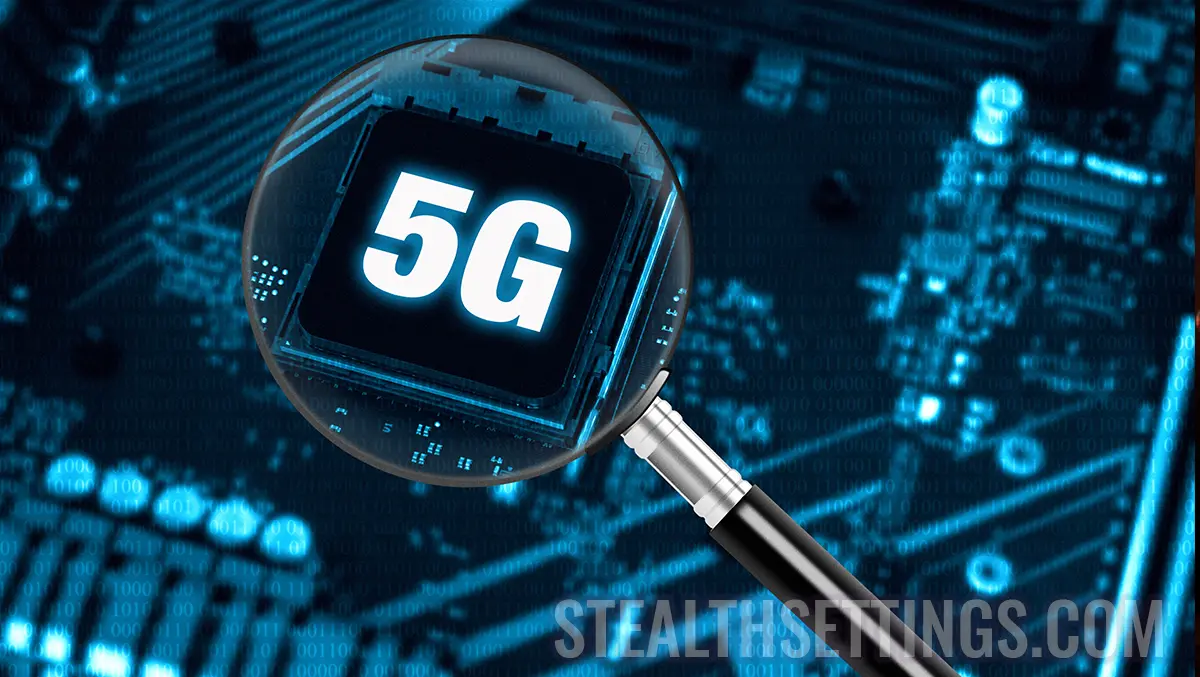See the differences between 5G vs. 5G+ technologies, used for mobile connectivity and high-speed internet.
If your internet works at a satisfactory speed on your smartphone or tablet, it is unlikely to affect you in any way if your mobile operator offers internet 5G or 5G+. so much 5G, as well as technology 5G+, offers in most countries download / upload speeds sufficient for high-quality video calls, online games with advanced graphics, viewing of video content with 4K resolution, remote real-time applications.
Offers of high-speed internet subscriptions 5G+ creates a bit of confusion among less technical consumers. There are quite a few sources of information that everyone can understand where it is explained the difference between technologies 5G vs. 5G+.
Not to mention the fact that although the (theoretical) speed supported by 5G technology is 100 times higher than its predecessor 4G technology, this does not mean that the mobile operator will guarantee a download speed between 10-30Gbps. Speed 5G/5G+ it varies depending on how well it performs terminalthe consumer (smartphone) and the frequency and bandwidth characteristics of 5G or 5G+.
Content
See what the difference is between these technologies.
If you don't use applications that require ultra-fast internet and very low latency, then you shouldn't care if your mobile operator offers support for 5G or 5G+.

5G+ Network Feature (specific case, in Europe)
The difference between 5G and technology 5G+ (5G vs. 5G+) is given by the bandwidth frequency and how it is obtained.
In coverage 5G+, networks use an impressive bandwidth of up to 150MHz, being obtained by the intelligent combination of 4 different bands: N78+B3+B7+B20. This higher bandwidth allows for higher data throughput and a particularly fast and fluid user experience.
In technology 5G+ frequency band is mainly used N78 (3.3-3.8 GHz), which represents one of the most common bands for 5G in Europe. Tapes are also used B3 (1800 MHz), B7 (2600 MHz), B20 (800 MHz) to achieve a balance between performance and coverage.
For the end user, this coverage feature 5G+ means a speed of download up to 1500 Mbps and upload up to 160 Mbps. Sufficient speed for faster Internet browsing, uninterrupted video streaming and increased possibilities for advanced applications such as virtual reality or high-quality online games.
5G Network Feature (specific case, in Europe)
On the other hand, 5G coverage is based on a bandwidth of up to 60MHz, obtained from a combination of 4 different bands: N1+B3+B7+B20. Although this bandwidth is also superior to previous networks, it does not reach the spectacular performance of 5G+. Download speed is up to 500 Mbps, upload up to 100 Mbps.
Benzyl N1 (2100 MHz), B3 (1800 MHz), B7 (2600 MHz), B20 (800 MHz) represents the combination of frequencies used in technology 5G, respectively, in mobile networks 4G LTE. This combination is often used by telecom operators to provide better coverage and improved capacity in their networks.
N1 (2100MHz): This is part of the mid-frequency broadband spectrum and was previously used for technologies 3G and/or 4G. It is currently also used for 5G in some countries. Due to its characteristics, the N1 band offers a good combination of coverage and data transmission capabilities.
B3 (1800 MHz): This is also a medium frequency band and was mainly used for 4G LTE. Band B3 it offers good capacity and is often used in urban environments to ensure a stable and fast connection for users.
B7 (2600 MHz): This is part of the high band spectrum and has also been used for 4G LTE. Band B7 it offers high speeds, but its coverage is more limited and is more suitable for densely populated areas and services with high bandwidth requirements.
B20 (800 MHz): This is part of the low-band spectrum and was mainly used for 2G technology and technology 4G LTE. Band B20 provides more extensive coverage and ability to penetrate buildings and obstacles, but offers slower speeds compared to higher frequency bands.
5G vs. 5G+
So, in the case presented above, the difference between 5G vs. 5G+ is given by the band N78. Frequency up to 150MHz for coverage 5G+, compared to the 60MHz frequency of the 5G network. This means transmitting data at very high speeds, making it easy to quickly download and upload large files and real-time media.
Being a fairly generous bandwidth, it allows operators to support a larger number of users without affecting network performance. Band N78 (support 5G+) at the same time ensures a stable and fast connection even in environments with many devices connected simultaneously, making it ideal for large, crowded cities.
There is also an inconvenience. Although it offers impressive speeds, the high frequency bands, as it is N78 (by default the technology 5G+) may be more limited in spatial coverage compared to lower frequency bands. This is due to the reduced ability to penetrate buildings and obstacles. It's the same inconvenience I wrote about at the differences between 2.4GHz and 5GHz frequency for wireless routers.
In conclusion, how much the technology offers 5G+, we are right to believe that this will become the standard for mobile connectivity. To be fair, 5G+ provides the internet speed that consumers have come to expect with the deployment of 5G.
It is good to know that the internet speed provided by 5G coverage may differ depending on several factors and the mobile operator.
For example, in Romania, Telekom 5G supports speeds of up to 250Mbps download / 50Mbps upload, Digi 5G supports up to 600Mbps download / 40Mbps upload, Vodafone 5G offers support up to 500Mbps download / 50Mbps upload, while the operator Orange Romania offers 5G support (500Mbps download / 100Mbps upload) and support 5G+ with 1500Mbps download / 160Mbps upload.